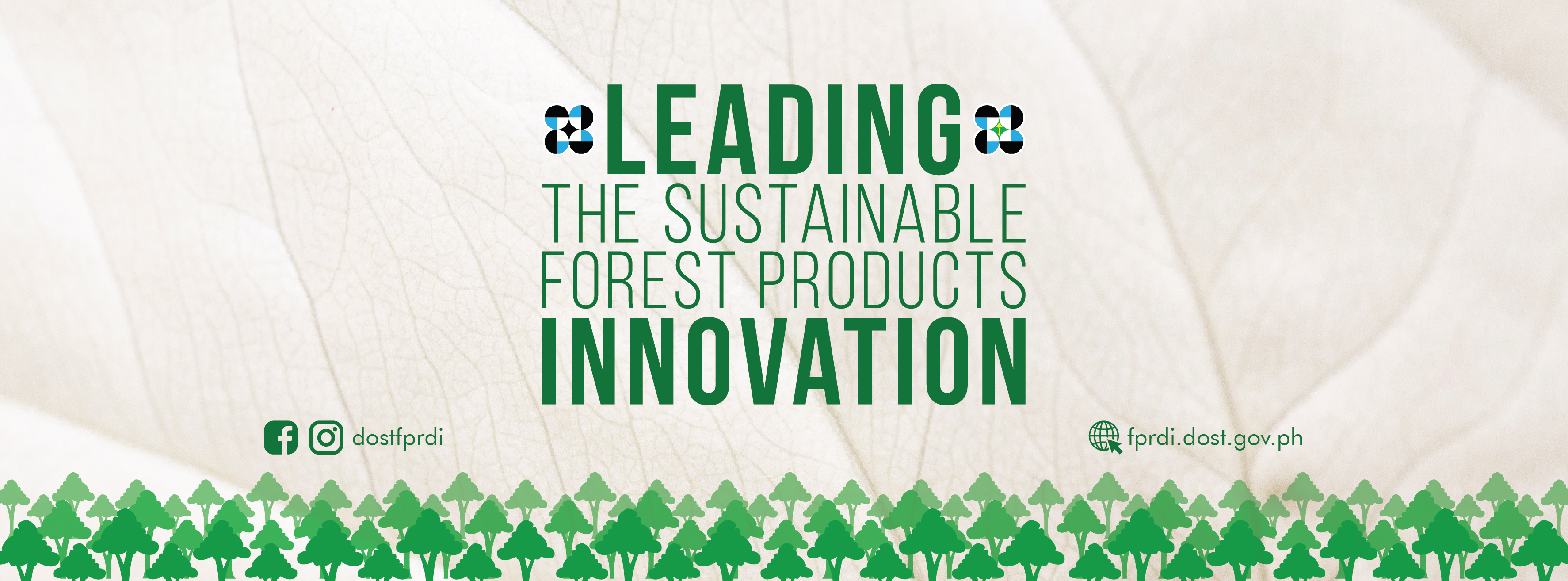DOST-FPRDI launches Rubberwood Processing Plant in Zamboanga Sibugay
- Details
A processing plant designed to convert old and unproductive rubberwood trees into high-value products was launched in Naga, Zamboanga Sibugay last 05 November 2018. DOST Secretary Fortunato T. Dela Peña led the inaugural ceremonies which was attended by heads of the stakeholder-agencies, including DOST-FPRDI Director Dr. Romulo T. Aggangan, DOST Undersecretary for Scientific and Technical Services Dr. Carol M. Yorobe, DOST-IX Director Martin A. Wee, Chairman Petronilo G. Licudan of the Tambanan Agrarian Reform Beneficiaries Cooperative (TARBEMCO), Naga Mayor Rino O. Delos Reyes and Engr. Romel Duran from the Office of the Governor of Zamboanga Sibugay.
DOST-FPRDI’s Knowledge Sharing in the Cordilleras
- Details
The Department of Science and Technology - Forest Products Research and Development Institute (DOST-FPRDI) recently paid a weeklong visit to the Cordilleras for a series of technology fora.
FPRDI Furniture Testing Center acquires new machines
- Details
To cater to the growing demand of the local furniture industry, the DOST- Forest Products Research and Development Institute (DOST-FPRDI) has acquired new machines to further beef up its Furniture Testing Center (FFTC).










